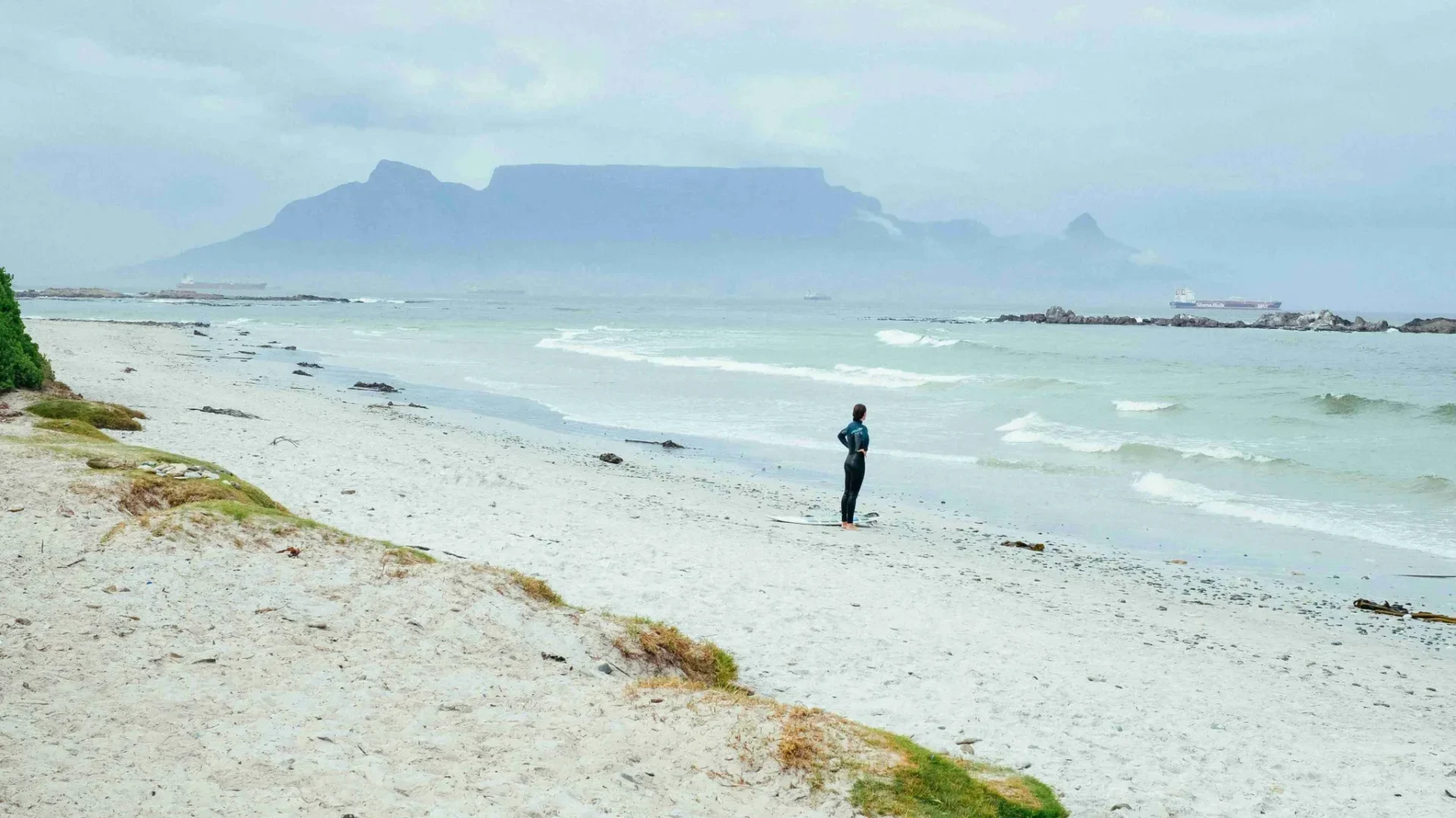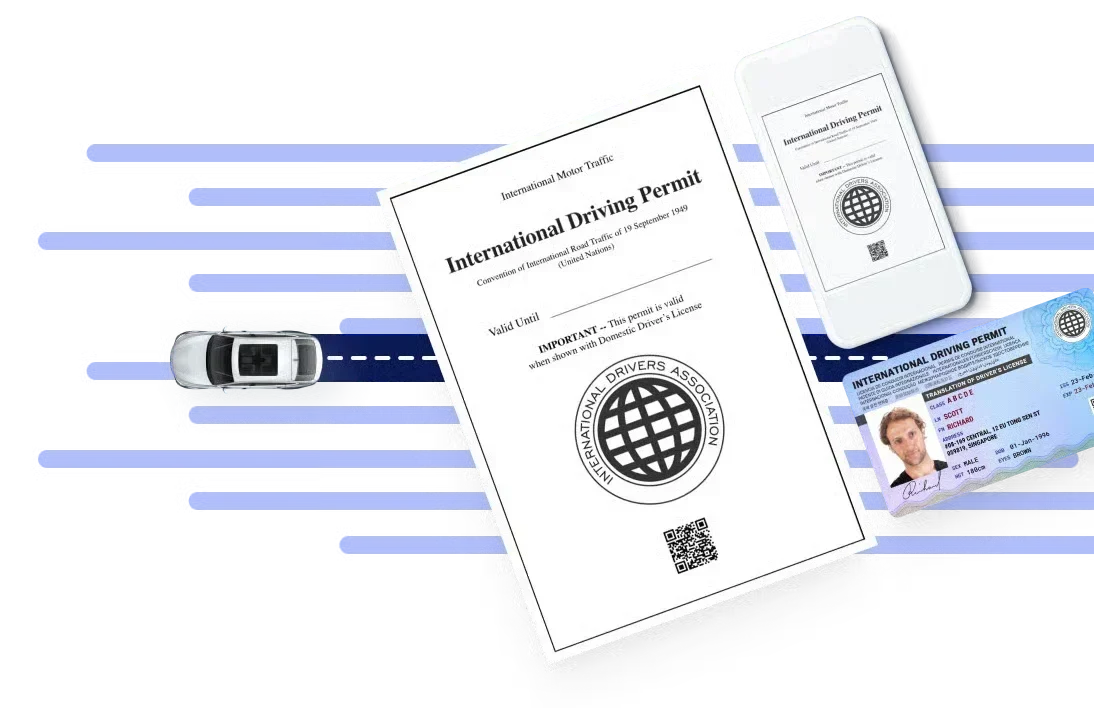South Africa is a land of epic proportions. From the sprawling savannas teeming with wildlife to dramatic coastlines and charming cities, it’s a place that begs to be explored. But with so much to see and do, it can be tricky to plan the perfect itinerary, especially if you’re tight on time. Don’t worry; this guide will be your wingman for an unforgettable 2-week South African road trip! Buckle up and prepare for the best road trip to South Africa, packed with safaris, scenic drives, and picture-perfect moments.
Day 1: Jozi Buzz to Kruger Bush
Distance: around 450 kilometers (280 miles)
Estimated travel time: 5 hours
Your adventure kicks off in Johannesburg (affectionately nicknamed Jozi by locals). After landing and grabbing your rental car, it’s time to hit the road for Kruger National Park, one of Africa’s most famous wildlife reserves. The drive is around 5 hours, so relax, stretch your legs at scenic viewpoints, and get pumped for your first safari!
Kruger National Park is a haven for Africa’s iconic animals – lions, elephants, rhinos, giraffes, etc. Spend the day on exciting game drives, scanning the savanna for these magnificent creatures. Don’t forget your binoculars and camera – you can capture incredible wildlife sightings!
Day 2: Panoramic Routes
Distance: around 250 kilometers (155 miles)
Estimated travel time: 3-4 hours (this can vary depending on which specific sights you want to see along the Panorama Route)
After a thrilling morning safari in Kruger, you’ll head towards the Panorama Route. This winding scenic route boasts jaw-dropping views of canyons, waterfalls, and rolling hills. Stop at iconic landmarks like God’s Window, a viewpoint offering a seemingly endless vista, and Bourke’s Luck Potholes, mysterious cylindrical depressions carved by millions of years of swirling water.
Day 3: Swaziland Serenade (Now Eswatini) & Saint Lucia Hippo Heaven
Distance: around 220 kilometers (137 miles)
Estimated travel time: 3 hours
Today’s itinerary detours into the tiny kingdom of Eswatini (formerly Swaziland). Immerse yourself in the rich culture and stunning scenery of this mountain kingdom. Here, you can visit craft markets, try traditional Swazi cuisine, or even go for a short hike. After a quick Swaziland stopover, continue your journey to Saint Lucia, a coastal town famous for its vast estuary teeming with hippos. Take a boat cruise on the estuary to see these giant mammals up close.
Day 4: Saint Lucia’s Secret Giants
Distance: around 80 kilometers (50 miles)
Estimated travel time: 1-1.5 hours
Explore the wonders of Hluhluwe-Imfolozi Park, another premier wildlife reserve in South Africa. This park is known for its high concentration of white rhinos, so keep your eyes peeled during your game drive. You might even spot some elusive black rhinos or a pack of wild dogs if you’re lucky! After a day of animal spotting, head back to Saint Lucia to unwind and soak up the seaside vibes.
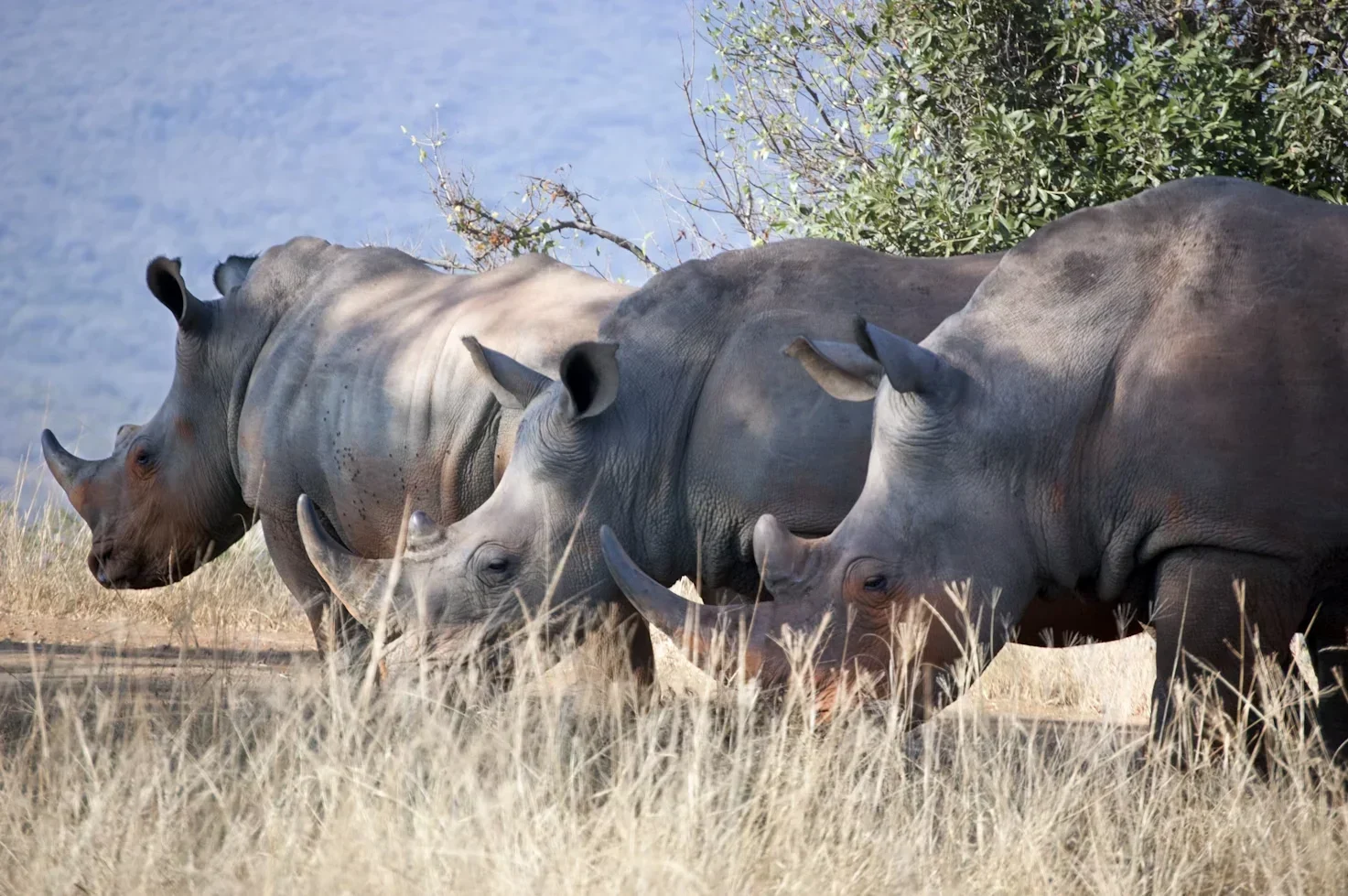
Day 5: Sun, Sand, and Durban Dazzle
Distance: around 180 kilometers (112 miles)
Estimated travel time: 2.5 hours
It’s time for some beach time! Trade your safari khakis for your beachwear and head to Durban, South Africa’s golden beaches, perfect for swimming, surfing, or simply relaxing under the warm sun. Stroll along the Durban Golden Mile, a beachfront promenade with restaurants, shops, and buzzing with energy. In the evening, indulge in some delicious Indian curries, a famous Durban specialty.
Day 6: Reaching for the Drakensberg Skies
Distance: around 240 kilometers (149 miles)
Estimated travel time: 3-4 hours (this can vary depending on your final destination within the Drakensberg Mountains)
Swap the sandy shores for the majestic Drakensberg Mountains. This towering mountain range boasts breathtaking scenery, perfect for hiking, biking, or enjoying the fresh mountain air. Explore the quaint towns amidst the mountains, or take a scenic cable car ride for panoramic views.
Day 7: Drakensberg Delights
(you won’t be driving long distances on this day)
Today is yours to explore the Drakensberg at your own pace. Hike through lush valleys, spot rare birds, or visit historical sites like battlefields from the Anglo-Zulu War. In the evening, cozy up by a crackling fireplace at your mountain lodge and reflect on the incredible experiences you’ve had so far.
Day 8: Dragons, Flights & Garden Route Delights
Distance: 670 kilometers (416 miles)
Estimated travel time: With the detour, plan for approximately 8.5 hours of driving, not including any time spent at Cape Agulhas.
Leaving the Drakensberg behind, you’ll head towards Port Elizabeth, the gateway to the Garden Route . This scenic coastal stretch is known for its beaches, lagoons, and charming towns. On your way from Port Elizabeth to Knysna, you can detour to Cape Agulhas, the southernmost tip of Africa, where the Indian and Atlantic Oceans meet. This can be a fascinating add-on to your trip, offering a chance to stand at the symbolic meeting point of two major bodies of water.
Day 9: Exploring Knysna
(you won’t be driving long distances on this day)
The Garden Route is all about soaking up the beauty of nature. Spend the day exploring Knysna’s vibrant waterfront, teeming with colorful boats and bustling with fresh seafood restaurants. Take a boat trip through the Knysna Lagoon, a haven for birdlife, or kayak through the surrounding mangroves. If you’re feeling adventurous, explore the Knysna Forest on a hike, encountering ancient yellowwood trees and spotting unique bird species.
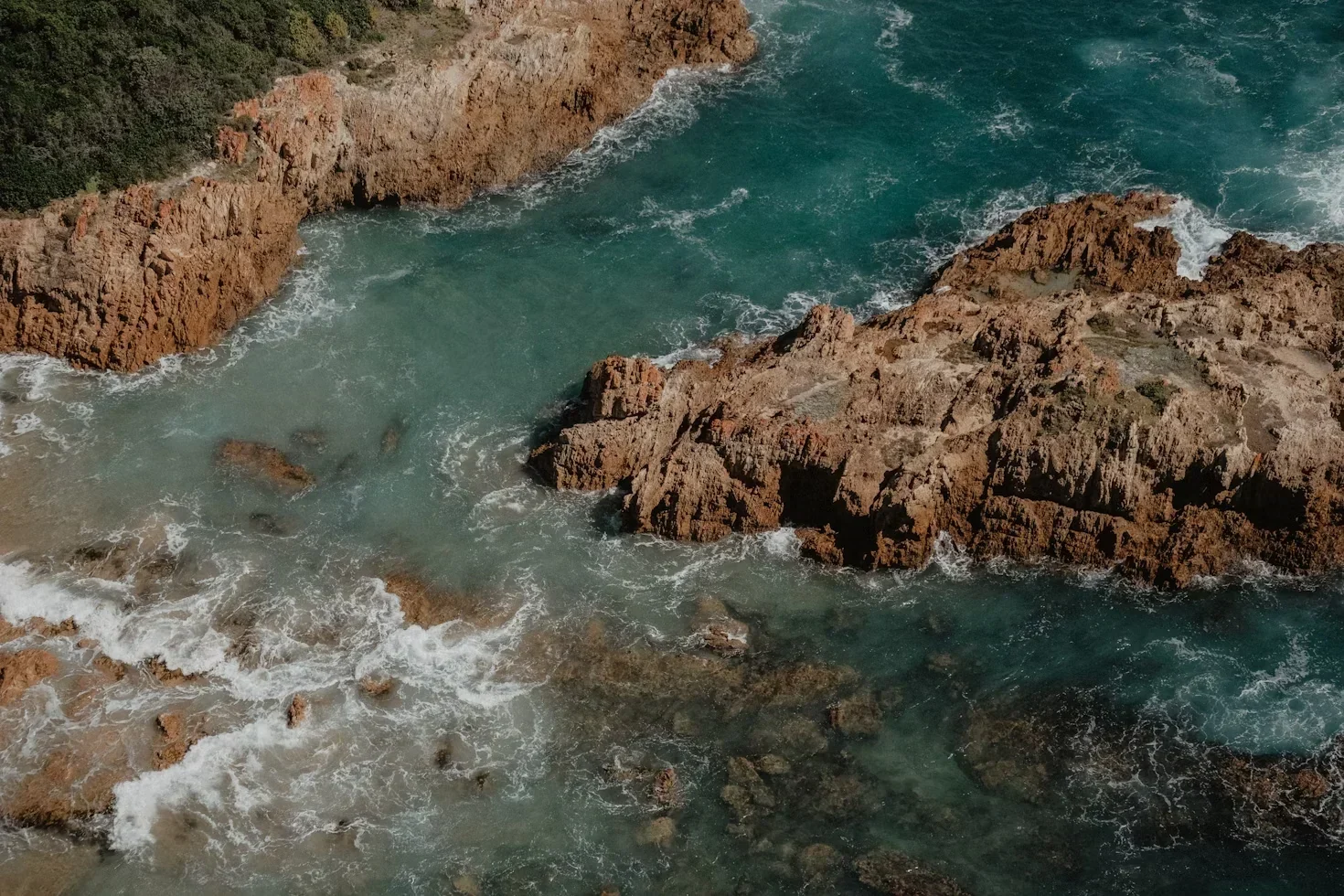
Day 10: Whale Watching & Hermanus Charm
Distance: around 300 kilometers (186 miles)
Estimated travel time: 4 hours
Your journey continues along the Garden Route towards Hermanus, a town world-famous for whale watching. From June to December, southern right whales migrate along this coastline, and Hermanus offers some of the best land-based whale watching in the world. Head to the cliffs overlooking the ocean and witness these magnificent creatures breaching and playing in the waves.
In the afternoon, continue your journey towards Cape Town, stopping at the seaside town of Hermanus. Explore its charming harbor, browse through art galleries, or simply relax on the beach. Savor some fresh seafood in the evening while enjoying the stunning sunset views.
Day 11: Cape of Good Hope & Penguin Parade
Distance: around 120 kilometers (75 miles)
Estimated travel time: 2 hours (this includes stops at Kirstenbosch National Botanical Garden and Chapman’s Peak Drive)
Get ready for a day packed with iconic landmarks! Today’s adventure takes you to the Cape Peninsula, a dramatic headland jutting into the ocean. Your first stop is Kirstenbosch National Botanical Garden , a UNESCO World Heritage Site showcasing South Africa’s diverse flora. Next, head to Chapman’s Peak Drive, a scenic coastal route with breathtaking ocean views. Make sure to stop at viewpoints along the way to capture panoramic photos.
Continue your journey to the Cape of Good Hope, a legendary point historically considered the southern tip of Africa (though geographically, it’s not quite!). Hike or take the funicular railway to the top for spectacular views of the rugged coastline. Look for ostriches and other wildlife roaming the area.
In the afternoon, head to Boulders Beach, a unique penguin colony where you can see hundreds of African penguins waddling on the beach. These adorable birds are a definite highlight of any Cape Town trip.
Day 12: Unveiling Cape Town’s Secrets
(you won’t be driving long distances on this day)
Cape Town, South Africa’s “Mother City,” is a vibrant metropolis with a rich history and stunning natural beauty. Today is dedicated to exploring this amazing city. Take a cable car ride to the top of Table Mountain, the city’s iconic flat-topped peak, for panoramic views of the city and surrounding coastline. Explore the bustling V&A Waterfront, a harbor area transformed into a trendy hub with shops, restaurants, and historical sites like the Nelson Mandela Gateway.
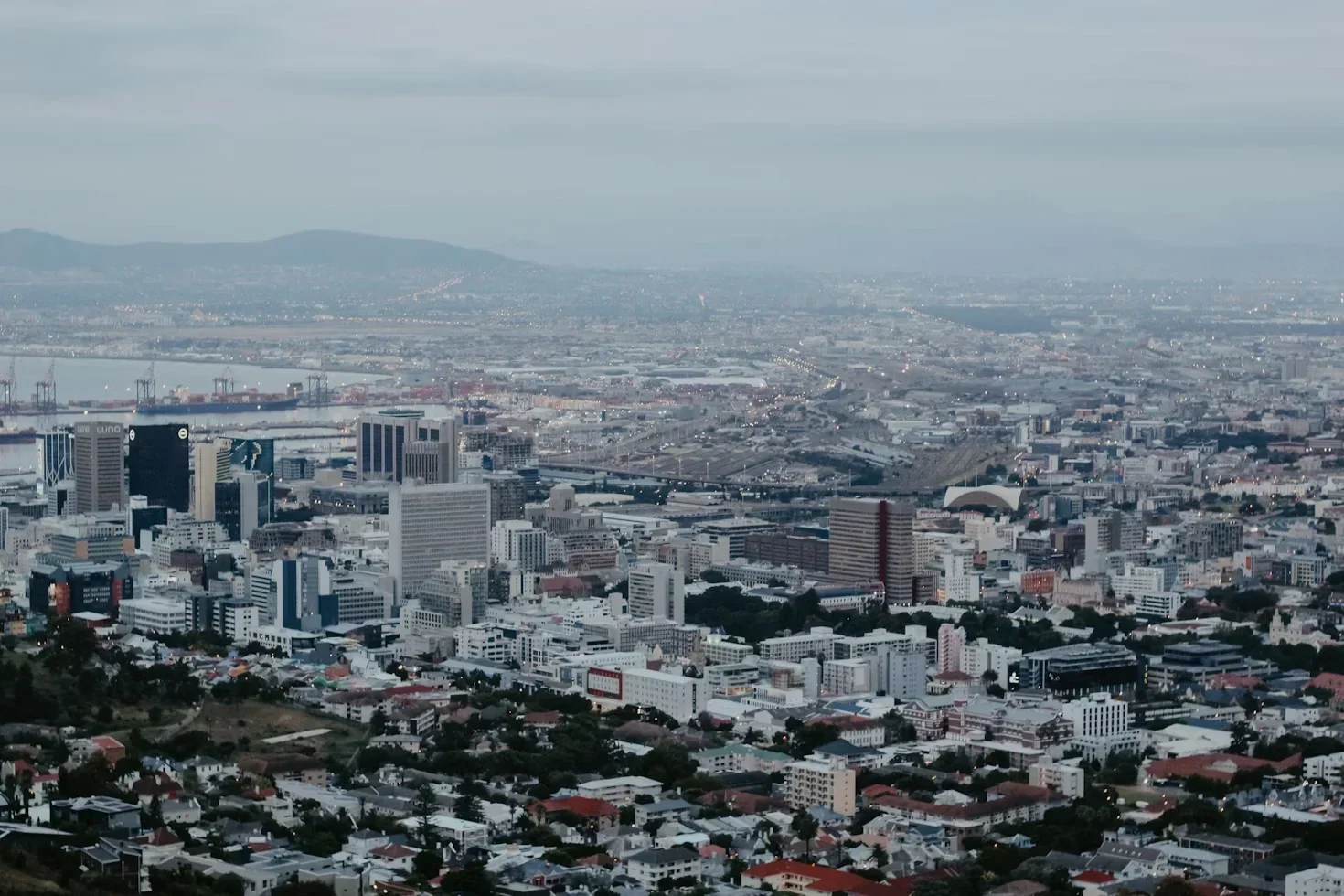
In the afternoon, delve into Cape Town’s multicultural tapestry. Explore the historic Bo-Kaap neighborhood, known for its brightly colored houses, or visit the Robben Island Museum, where Nelson Mandela was imprisoned for many years. Enjoy a delicious dinner at one of Cape Town’s many restaurants in the evening, offering everything from traditional South African cuisine to international flavors.
Day 13: Farewell, South Africa!
Your South African adventure comes to an end. Depending on your departure flight time, you might have some time for last-minute souvenir shopping at the vibrant markets or exploring hidden corners of Cape Town. Reflect on the incredible experiences you’ve had – the thrilling safaris, the majestic scenery, and the warm South African hospitality. Filled with unforgettable memories, you’ll board your flight back home, already dreaming of your next South African adventure!
Bonus Tips for Your South African Road Trip
Rent a car
Having your own car allows you to explore at your own pace. But before you can rent one, you must secure an International Driver’s License to avoid any legal setbacks. To know more about how to secure an IDL, visit this page .
Accommodation
South Africa offers many accommodation options, from budget-friendly guesthouses to luxurious safari lodges.
Driving in South Africa
South Africa drives on the left side of the road. Be cautious when speeding and always obey traffic regulations.
Currency exchange
The South African currency is the Rand (ZAR). You can exchange your currency at airports or banks.
Safety
South Africa is generally a safe country for tourists. However, it’s always wise to be aware of your surroundings and take precautions, especially in big cities.
Packing essentials
Pack comfortable clothing for warm weather, a hat, sunscreen, sunglasses, and a swimsuit. Binoculars and a camera are a must for safaris. Remember an adapter plug for your electronic devices, as South Africa uses a different plug type than some countries.
Get ready to be amazed by the beauty and diversity of South Africa. Here are some additional things to consider to make your trip even more special:
Food and Drink
South Africa boasts a delicious and diverse cuisine . Sample traditional dishes like braai (barbecue), bobotie (a spiced meat casserole), and melktert (a sweet pastry filled with milk custard). Take advantage of the chance to try a glass of Pinotage, a unique South African red wine.
Local Culture
South Africa is a rainbow nation with a rich cultural heritage. Immerse yourself in the vibrant local culture by visiting townships like Soweto in Johannesburg, attending a traditional dance performance, or learning a few basic phrases in Afrikaans, one of South Africa’s official languages.
Responsible Tourism
South Africa is a country with a strong focus on conservation. Choose eco-friendly accommodation options that support sustainable practices. During safaris, respect the wildlife and follow your guide’s instructions.
Off the Beaten Path
While this itinerary covers some of South Africa’s highlights, many hidden gems await discovery. Consider venturing off the beaten path and exploring lesser-known destinations like the Addo Elephant National Park, the scenic Namaqualand flower region, or the historical town of Stellenbosch, famous for its wine estates.
Souvenirs
Take back a piece of South Africa with unique souvenirs. Look for handcrafted beadwork, locally-made clothing, or wildlife-themed souvenirs. Remember to bargain at markets and support local artisans.
Packing for Every Season
South Africa’s climate varies depending on the region you visit. Here’s a quick guide to help you pack:
- Summer (December to February): Pack light, breathable clothing, a hat, sunscreen, sunglasses, and a swimsuit.
- Autumn (March to May) and spring (September to November): Pack layers, as the weather can be unpredictable. Include a light jacket or sweater for the evenings.
- Winter (June to August): Pack warmer clothes, including jeans, a jacket, and a scarf. If you’re visiting mountainous areas, pack even warmer layers.
Embrace the Adventure
Remember, an adventurous spirit is the most important ingredient for a perfect trip ! Be open to new experiences, try new things, and embrace the unexpected. South Africa is a land of surprises, and with some planning and this handy guide, you’re sure to have an unforgettable adventure!
Frequently Asked Questions
Is a self-drive road trip in South Africa a good idea?
Absolutely! South Africa has a well-developed road network, making it ideal for exploring independently. Renting a car allows you to stop at interesting sights and hidden gems.
What side of the road do they drive on in South Africa?
South Africa drives on the left side of the road, which can confuse visitors from countries that drive on the right. Be extra cautious, especially during your first few days on the road.
What’s the best time to visit South Africa?
South Africa has a diverse climate depending on the region. Generally, the best time to visit is during the shoulder seasons (spring: September-November and autumn: March-May) when the weather is pleasant and there are fewer crowds. Summer (December-February) can be hot and crowded, especially in popular coastal areas. Winter (June-August) is mild and offers great whale-watching opportunities along the southern coast, but some parks and accommodations might have limited hours.
Is it safe to go on a road trip in South Africa?
South Africa is generally a safe country for tourists, but it’s important to be aware of your surroundings and take precautions, especially in big cities. Here are some tips:
- Be mindful of pickpocketing, especially in crowded areas.
- Make sure to leave valuables in your car.
- Park your car in secure areas at night.
- If you’re hiking, let someone know your planned route and estimated return time.
Do I need to book safaris in advance?
Popular national parks and private game reserves can be booked, especially during peak season. It’s advisable to book safaris and accommodation well in advance, especially if you’re traveling during school holidays or South African public holidays.
What should I pack for a safari?
Pack comfortable clothing in neutral colors (khaki, green, brown) for warm weather. Bring a hat, sunglasses, sunscreen, and insect repellent. Binoculars are a must for spotting wildlife.
What are the park entry fees, and what are they included?
Park entry fees vary depending on the park and the activities you’ll be doing. Some fees may include primary park access, while others may include guided game drives or other activities. Check the official park websites for the latest information on costs and inclusions.
What’s the internet connectivity like in South Africa?
Most major cities and tourist areas have good internet connectivity. You can purchase a local SIM card for your phone or find Wi-Fi hotspots in cafes, restaurants, and hotels.
What about tipping in South Africa?
Tipping is not mandatory in South Africa, but it’s appreciated for good service. A small tip (around 10-15%) is customary at restaurants and for porters or guides.

